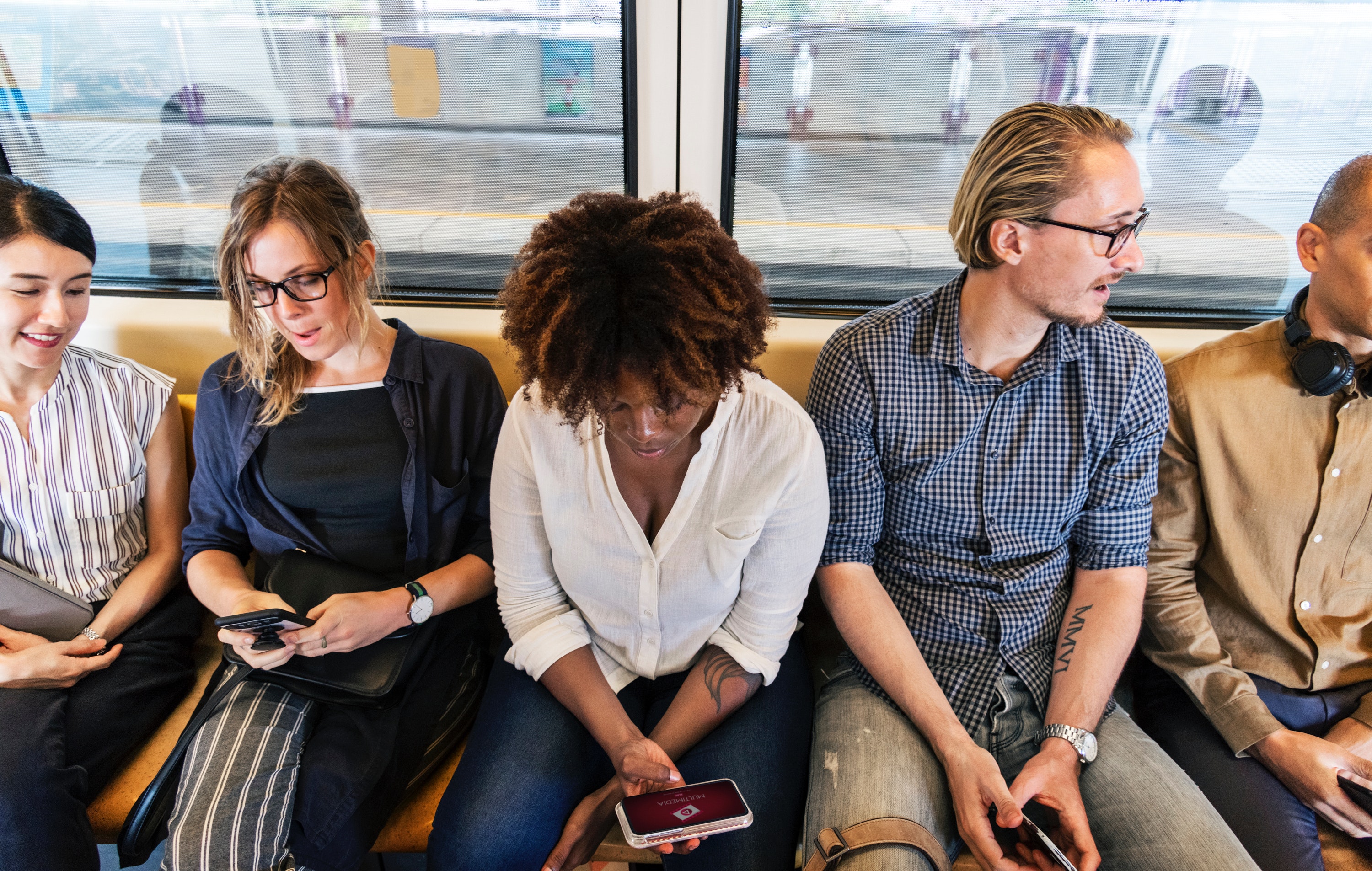Reliable Transportation and COVID-19
Photo by Christina Hawkins on Unsplash
What constitutes safe, reliable transportation has been completely altered during the COVID-19 pandemic. The single occupancy vehicle is arguably the safest mode of transportation right now, but not everyone has access to a car and the environmental impact is worrisome as well. Public transportation usage plummeted when the population went into quarantine, straining budgets and leading to route cuts and scaled back service, as well as highlighting the fact that essential workers rely heavily on public transportation to get to work. Walking and bicycle usage has skyrocketed, which is good, but this isn’t an option for everyone, as it’s mainly in areas where the infrastructure supports it. When it comes to having reliable, safe transportation to go to work or access food or get to medical appointments, we are leaving large segments of the population on the curb.
Transportation policy in the United States has revolved mostly around the automobile for the past 60 years. Funding and road design has focused on building highways to move motor vehicles quickly from one place to the other, excluding other forms of transportation from valuable infrastructure investment. Often, those highways were built in locations that cut through areas where disenfranchised people did not have the political clout to fight back, leading to displaced low-income, Indigenous and Black communities.
This prioritization of motor vehicles has led to a severe lack of transportation infrastructure for public transit, walking, and bicycling, especially in low-income urban and rural areas, putting a strain on the approximately 28 million Americans—including 20 percent of households in poverty—that do not have access to a car. Public transportation is particularly tricky right now. It is not safe for groups of people to be in enclosed spaces and the lack of funding for adequate cleaning and the risk put on bus drivers and transportation sanitation workers has a greater burden on minority populations and low-income individuals.
In this time of recovery and renewal, we do have options to improve equitable, reliable transportation. Thriving Together: A Springboard for Equitable Recovery and Resilience in Communities Across America highlights some key pivotal moves:
- Put money into road maintenance instead of new roads. This is an effective way to bring immediate jobs and money into the economy quickly.
- Make cities less car-centric and design safer streets. The return on investment from active transportation infrastructure—sidewalks, bicycle paths, street closures for pedestrian activities—is very high and leads to better community equity. This can be done at the municipal level with Complete Streets policies all the way up to the federal level with increased funding for active transportation.
- Preserve and expand transit funding, and make it safer for users and transit workers. Many state and local governments have public transportation funding on their ballots this year, and optimism is high that they will pass. Steve Adler, the mayor of Austin, Texas, told Bloomberg that he believes there’s a “real desire” to see transit used as a tool to achieve greater equity. “I do think Covid changes things about how people are thinking about transit, but in a way where more people are thinking about the workers that our community depends on,” he said.
Access to reliable, safe transportation is a major driver of health and well-being. Transportation—in all its forms—allows people to reach jobs, education opportunities, medical services, green outdoor space, and take part in civic engagement; it acts as a connection to every other vital condition and has a place at the table as we work toward recovery.
A Vital Condition to Well-Being: Reliable Transportation
Story - Written
Brought to you by National Civic League
Step it Up! The Surgeon General's Call to Action to Promote Walking and Walkable Communities
Resource
Brought to you by Office of the Surgeon General of the United States
Bringing the Vital Conditions to Life: Reliable Transportation
Story
-
 Original
Original
Brought to you by Community Commons
Related Topics











